Introduction
In the ever-evolving landscape of healthcare, where patient confidentiality is paramount, the use of privacy glass in medical practices is gaining significant attention. This article explores the worthiness of investing in privacy glass, examining its benefits, types, challenges, and real-life examples.
Introduction
Privacy glass, a cutting-edge architectural solution, is becoming increasingly relevant in medical practices. Its ability to transform transparency at the flick of a switch aligns with the growing emphasis on patient confidentiality and comfort in healthcare settings.
Benefits of Privacy Glass
Patient Confidentiality
Ensuring the privacy of patient information is a top priority for medical practices. Privacy glass offers a dynamic solution, allowing practitioners to control visibility and maintain confidentiality during consultations.
Enhanced Patient Experience
Patients often feel vulnerable in medical settings. Privacy glass contributes to a more comfortable environment, promoting trust and enhancing the overall patient experience.
Compliance with Privacy Regulations
As healthcare regulations become more stringent, medical practices must adapt. Privacy glass helps facilities comply with privacy regulations, avoiding potential legal consequences.
Types of Privacy Glass
Switchable Privacy Glass
This innovative glass type allows practitioners to alter transparency levels, providing flexibility in maintaining privacy during sensitive procedures.
Frosted Glass
Frosted glass offers a permanent solution, creating a blurred effect for added privacy while maintaining a sophisticated aesthetic.
Tinted Glass
Tinted privacy glass not only ensures confidentiality but also provides protection from UV rays, contributing to a healthier indoor environment.
Considerations Before Investing
Investing in privacy glass for medical practices is a strategic decision that requires careful consideration. Before making the commitment, it’s crucial to delve into various aspects to ensure that the chosen privacy glass solution aligns seamlessly with the unique needs and circumstances of the medical facility. Here, we explore the key considerations that practitioners should bear in mind before taking the leap into privacy glass installation.
- Cost Analysis
Understanding the financial implications of privacy glass installation is paramount. While the benefits are significant, it’s essential to conduct a comprehensive cost analysis that goes beyond the initial investment. Consider the long-term savings in terms of increased energy efficiency, potential reduction in cleaning and maintenance costs, and the positive impact on patient satisfaction. Evaluating the return on investment (ROI) ensures that the chosen privacy glass solution aligns with the financial goals of the medical practice.
- Maintenance Requirements
Every architectural element in a medical facility demands a level of maintenance, and privacy glass is no exception. Before investing, practitioners should have a clear understanding of the maintenance requirements associated with the chosen privacy glass solution. This includes regular cleaning procedures, potential repairs, and the lifespan of the product. Choosing a privacy glass solution that aligns with the maintenance capabilities and schedule of the medical facility is crucial for long-term sustainability and efficient operation.
- Customization Options
Medical practices vary significantly in terms of layout, size, and operational requirements. Therefore, it’s essential to explore the customization options available for privacy glass. Practitioners should work closely with providers to ensure that the chosen solution can be tailored to meet the specific needs of the medical facility. Customization may include adjusting transparency levels, integrating the privacy glass with existing architectural elements, or incorporating branding elements for a cohesive and personalized look. The ability to customize ensures that privacy glass becomes an integral and harmonious part of the medical practice’s overall design.
- Integration with Existing Infrastructure
Installing privacy glass should complement the existing infrastructure of the medical practice seamlessly. Practitioners should assess how well the privacy glass integrates with the overall design and functionality of the facility. This involves considering architectural aesthetics, workflow efficiency, and the overall patient experience. Ensuring that privacy glass enhances, rather than disrupts, the existing infrastructure is crucial for a successful and harmonious implementation.
- Regulatory Compliance
As the healthcare industry is subject to stringent privacy regulations, it’s imperative to ensure that the chosen privacy glass solution aligns with these regulatory requirements. Practitioners should verify that the installation meets or exceeds privacy standards to avoid legal implications and ensure the protection of patient information. Consulting with experts in healthcare compliance and privacy regulations can provide valuable insights and guidance throughout the decision-making process.
- Environmental Considerations
In an era of increasing environmental awareness, considering the environmental impact of architectural choices is essential. Practitioners should explore the eco-friendliness of the chosen privacy glass solution, including factors such as recyclability, energy efficiency, and sustainable manufacturing practices. Choosing an environmentally conscious option aligns with broader initiatives for sustainable healthcare practices.
How to Install Privacy Glass
Engage in consultations with professional installers early in the planning process. Experienced installers can provide valuable insights, assess the feasibility of the chosen privacy glass solution, and offer recommendations based on their expertise. Their input can streamline the decision-making process and contribute to the overall success of the installation.
While some may consider a DIY approach, the complexity of privacy glass installation, especially in medical settings, warrants the involvement of professional installers. Professional installers bring specialized skills, experience, and knowledge of safety regulations to the table, ensuring a flawless installation process. They can navigate potential challenges, such as electrical connections and customizations, with expertise, minimizing the risk of errors and maximizing the benefits of privacy glass.
After the installation is complete, provide training to staff on the proper use and maintenance of privacy glass. Establish a maintenance schedule to ensure the ongoing functionality and longevity of the system. Regular inspections by professionals can identify and address any issues before they escalate.
Privacy Glass vs. Traditional Alternatives
When it comes to ensuring privacy in medical practices, the choice between privacy glass and traditional alternatives is a critical decision that impacts both functionality and aesthetics. In this section, we delve into a comprehensive comparison of privacy glass with traditional alternatives such as curtains and blinds, exploring the pros and cons of each option to help medical practitioners make informed decisions based on their specific needs and preferences.
Privacy Glass
- Pros:
- Dynamic Control: Privacy glass offers dynamic control over transparency, allowing practitioners to adjust visibility based on the need for patient confidentiality.
- Aesthetic Appeal: The sleek and modern appearance of privacy glass contributes to a contemporary and professional ambiance in medical facilities.
- Compliance: Privacy glass aligns with privacy regulations, ensuring that medical practices meet legal requirements for patient confidentiality.
- Cons:
- Initial Cost: The initial investment in privacy glass can be higher compared to traditional alternatives.
- Maintenance Complexity: Privacy glass may require more intricate maintenance, especially if it involves electrical components.
Curtains
- Pros:
- Affordability: Curtains are often a more budget-friendly option, making them accessible for medical practices with budget constraints.
- Customization: Curtains come in a variety of colors and patterns, providing opportunities for customization to match the overall design of the medical facility.
- Ease of Installation: Curtains are relatively easy to install and can be a quick solution for instant privacy.
- Cons:
- Static Privacy: Unlike privacy glass, curtains provide static privacy and may not offer the same level of control over visibility.
- Maintenance Challenges: Curtains may accumulate dust and require frequent cleaning, potentially posing challenges in medical settings where cleanliness is paramount.
Blinds
- Pros:
- Cost-Effective: Blinds are often more cost-effective than privacy glass, making them an economical choice.
- Adjustable Light Control: Blinds allow for adjustable light control, enabling practitioners to manage natural light levels in medical spaces.
- Variety of Styles: Similar to curtains, blinds come in various styles, offering design flexibility.
- Cons:
- Limited Privacy Options: While blinds provide some level of privacy, they may not offer the same level of confidentiality control as privacy glass.
- Maintenance Requirements: Like curtains, blinds may require regular cleaning, and the mechanisms can be prone to wear and tear.
Comprehensive Comparison
- Confidentiality Control:
- Privacy Glass: Offers dynamic control over transparency, allowing for precise management of visibility.
- Curtains and Blinds: Provide static privacy, lacking the ability to adjust visibility dynamically.
- Aesthetics:
- Privacy Glass: Contributes to a modern and professional ambiance.
- Curtains and Blinds: Offer customization options but may not match the sleek appearance of privacy glass.
- Compliance:
- Privacy Glass: Aligns with privacy regulations, ensuring compliance.
- Curtains and Blinds: Compliance may depend on the material and design, potentially requiring additional measures.
- Installation and Maintenance:
- Privacy Glass: Requires professional installation and may have more intricate maintenance requirements.
- Curtains and Blinds: Relatively easy to install but may require frequent cleaning and maintenance.
Conclusion
In conclusion, the investment in privacy glass for medical practices proves to be a strategic decision. Balancing patient privacy, compliance with regulations, and enhanced experiences, privacy glass emerges as a valuable addition to modern healthcare settings.
Who We Are
Tecdur is the leading manufacturer of smart glass for the UK and Ireland. Tecdur Switchable Glass provides the best clarity, lowest power consumption and lowest haze currently available. We can offer a wide range of specifications to meet project requirements with our switchable glass, cost is dependent on specification, application and design. Please get in contact with us to discuss further.
Please visit our portfolio for a look at completed projects. Keep up to date on our LinkedIn Showcase page
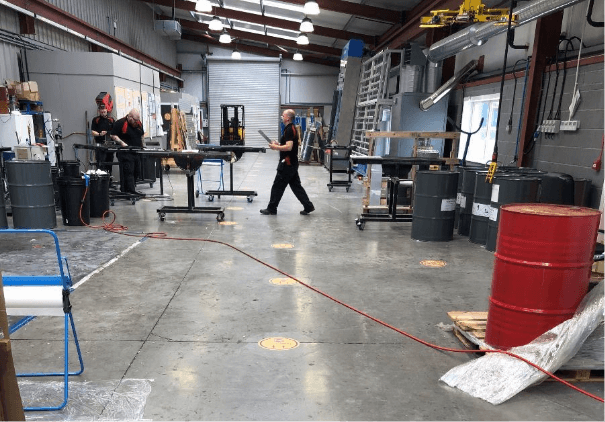
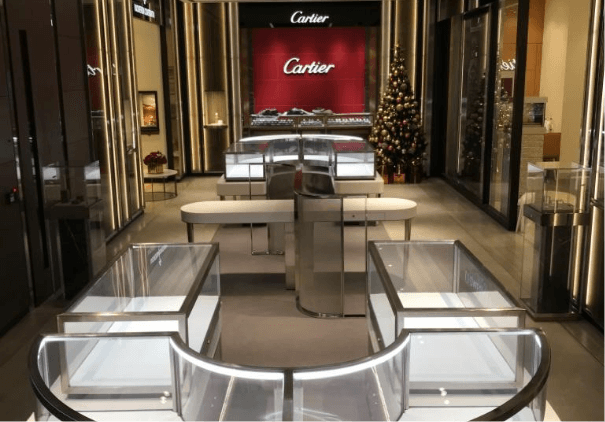
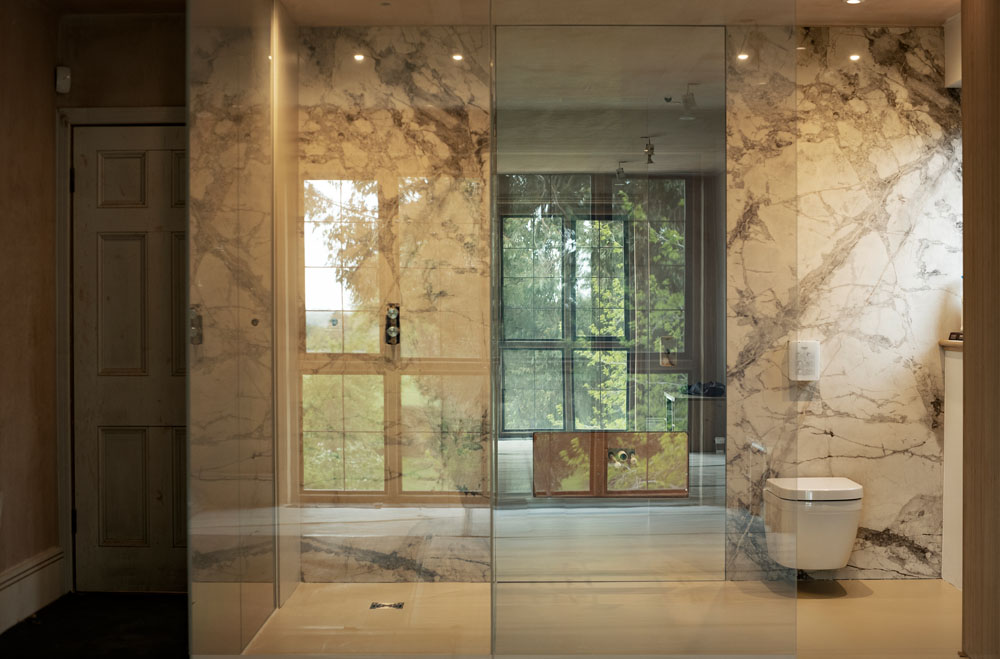
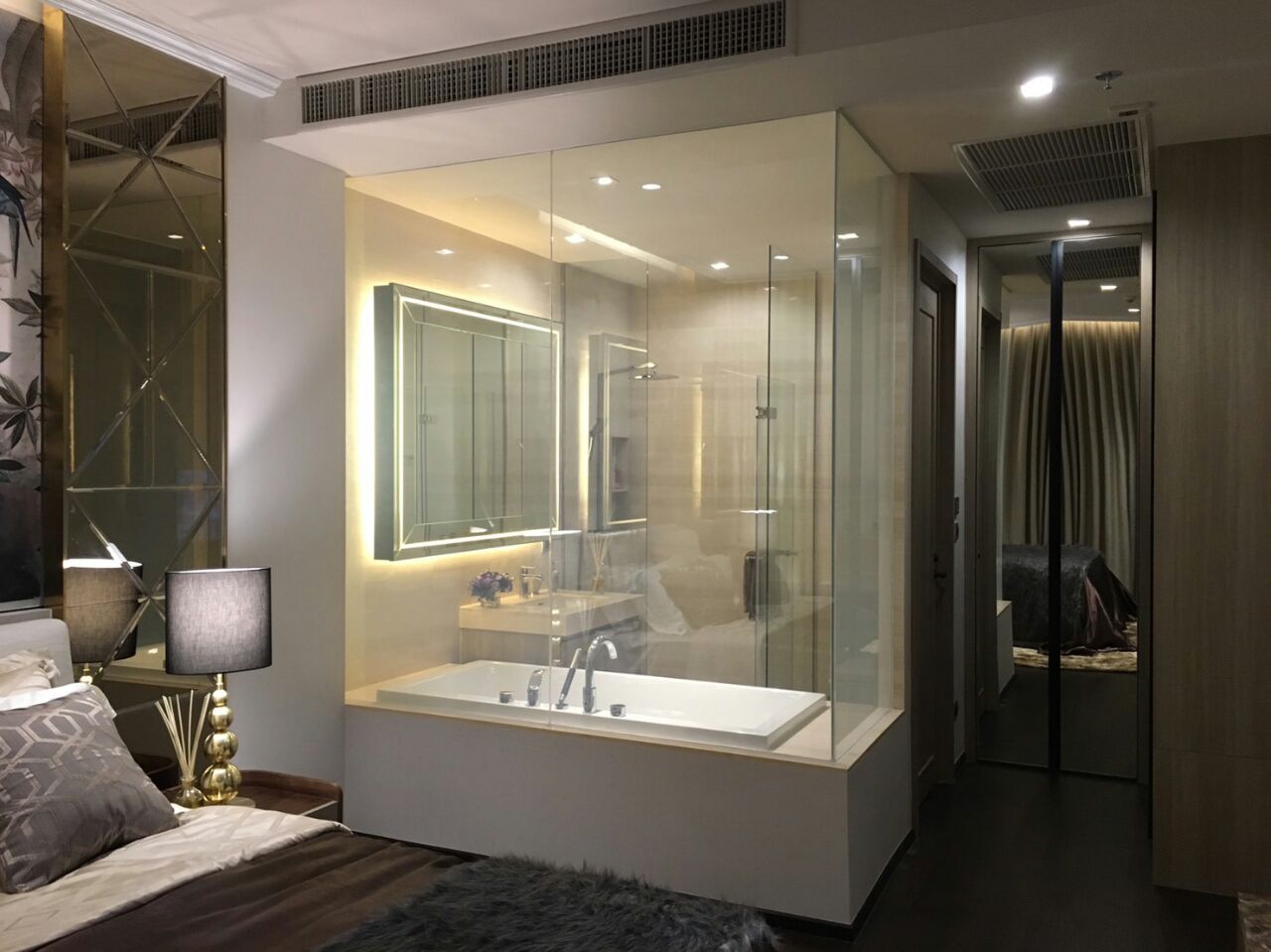
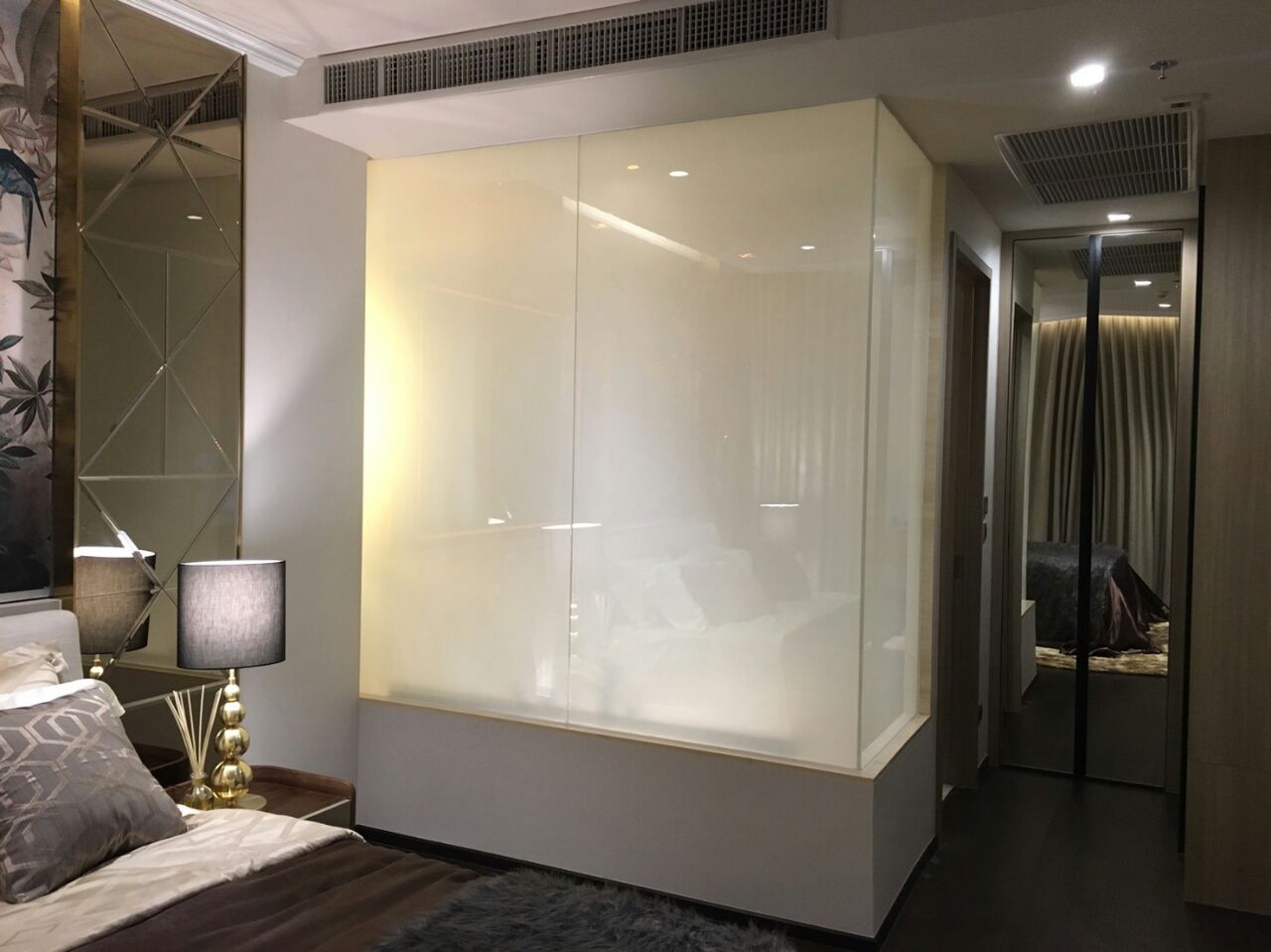
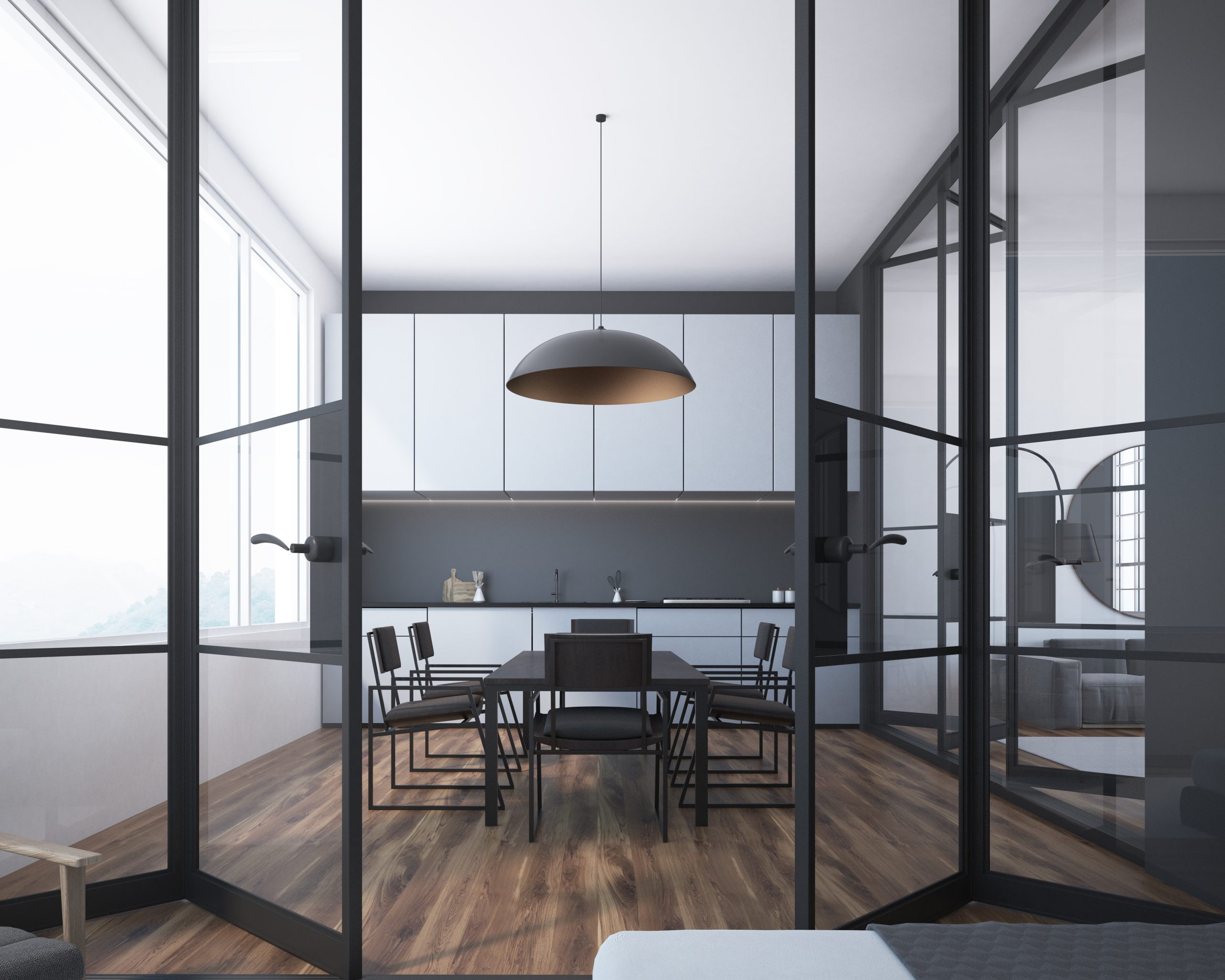
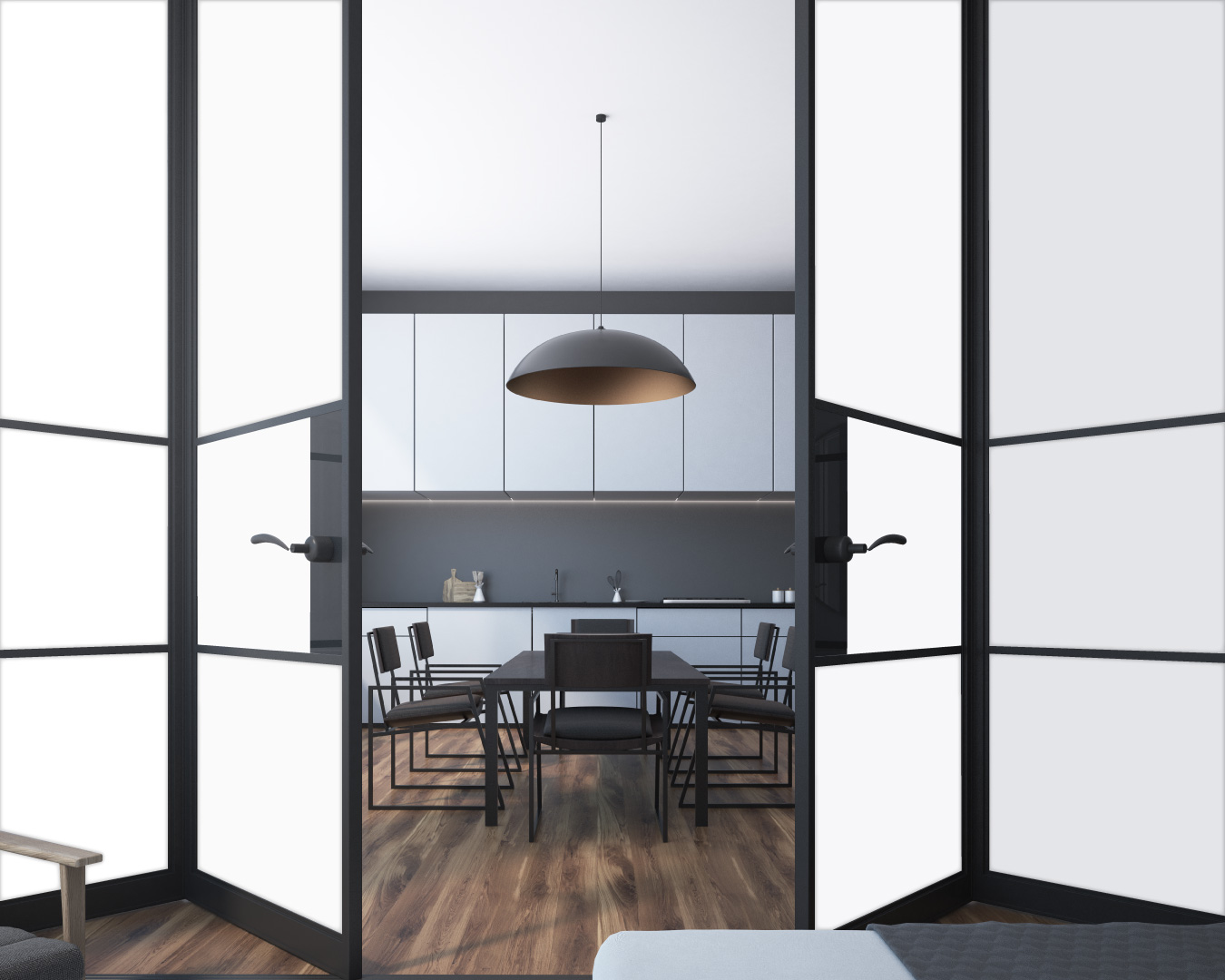
Frequently asked Questions
Our privacy glass works by utilising advanced PDLC (Polymer Dispersed Liquid Crystal) film. When an electrical current is applied, the liquid crystal molecules align, allowing light to pass through, making the glass transparent. When the current is switched off, the molecules mis-align, causing the glass to turn opaque or translucent, providing privacy.
Privacy glass can be customized to suit various medical settings, from small clinics to large hospitals.
Yes, privacy glass can be retrofitted, but it's essential to consult with professionals to ensure a seamless integration.
With proper maintenance, privacy glass can have a long lifespan, often exceeding 20 years.
While not overly complex, privacy glass benefits from regular, gentle cleaning to maintain optimal functionality.
While rare, technical malfunctions and initial installation costs are potential drawbacks to consider.




